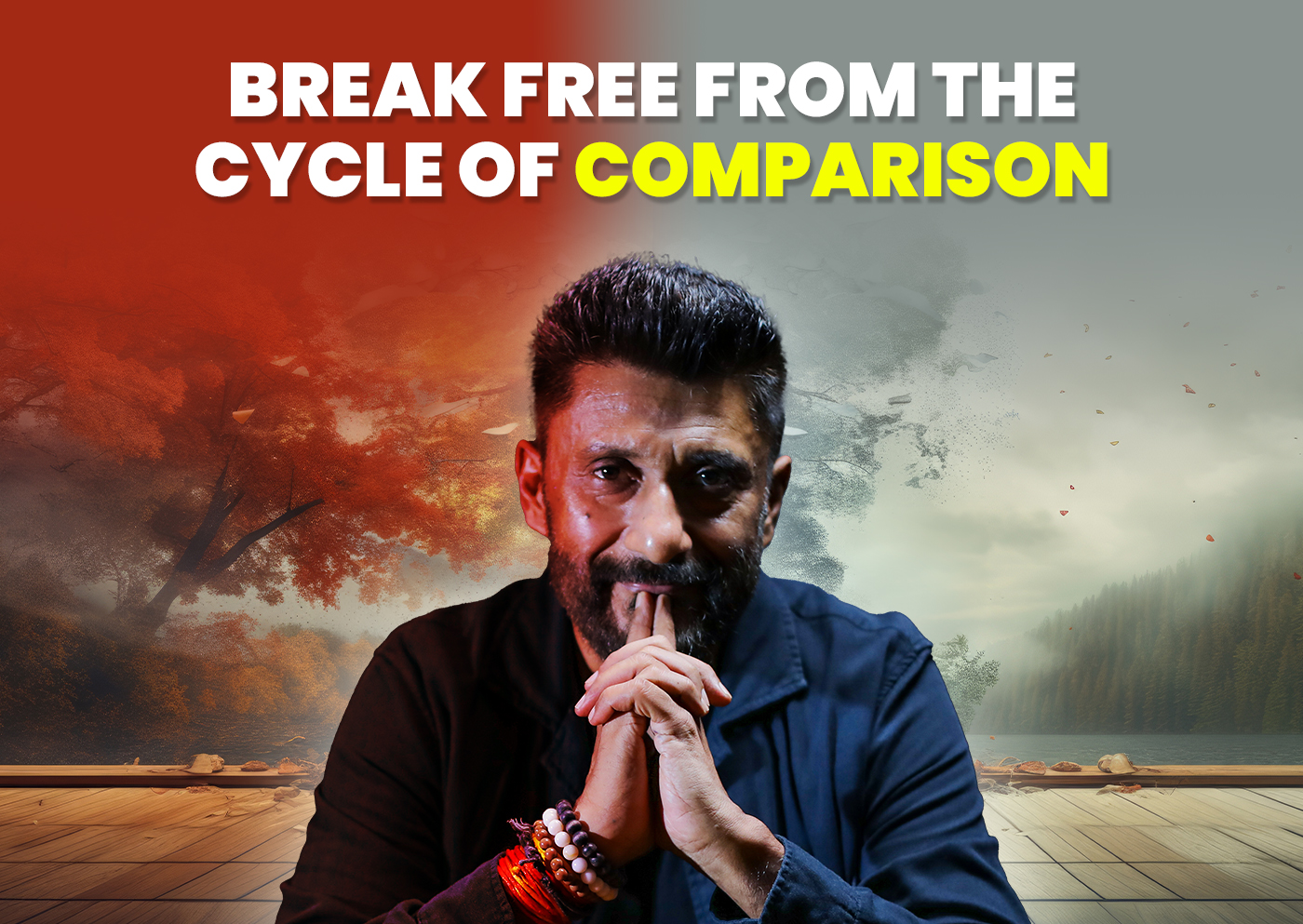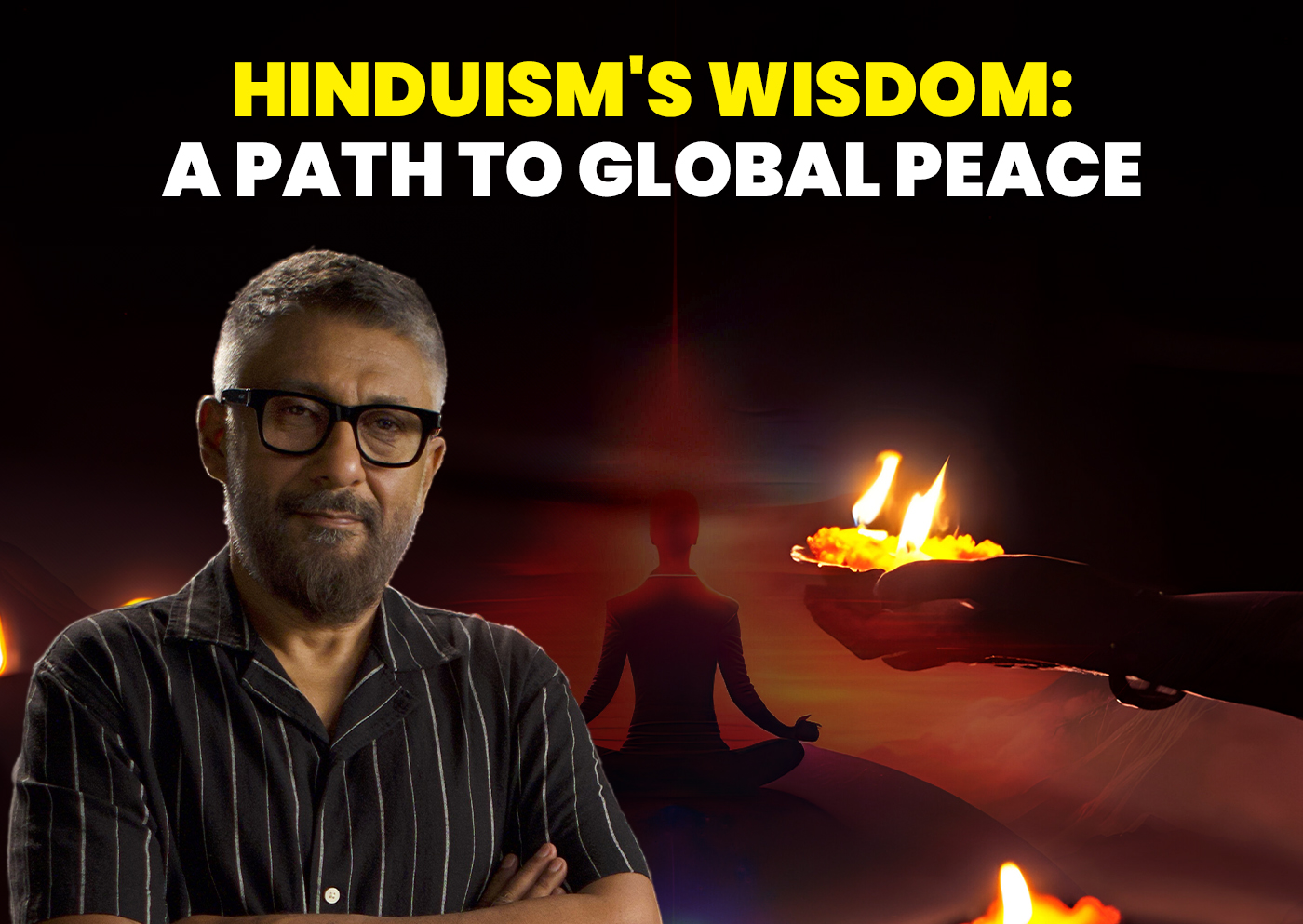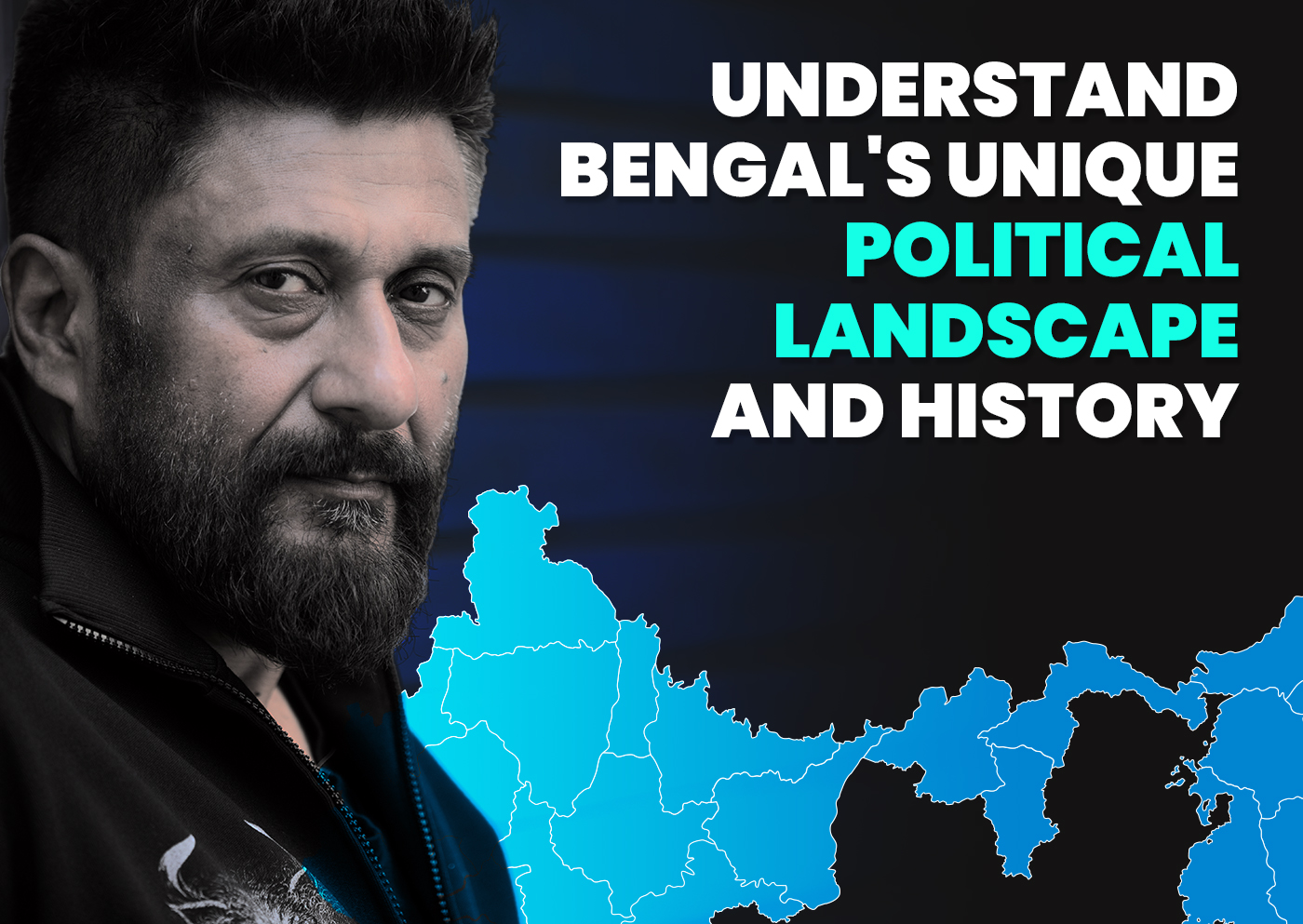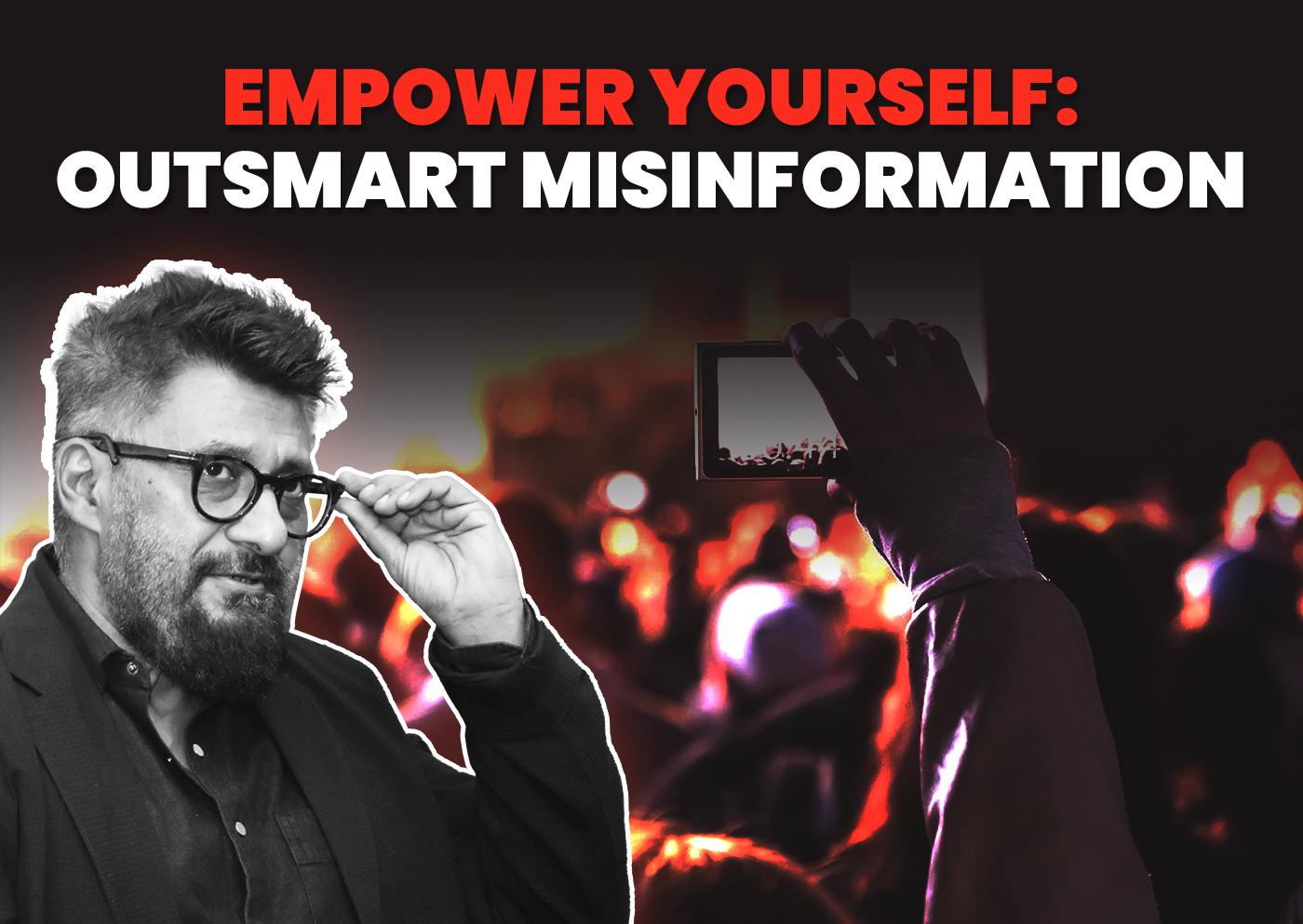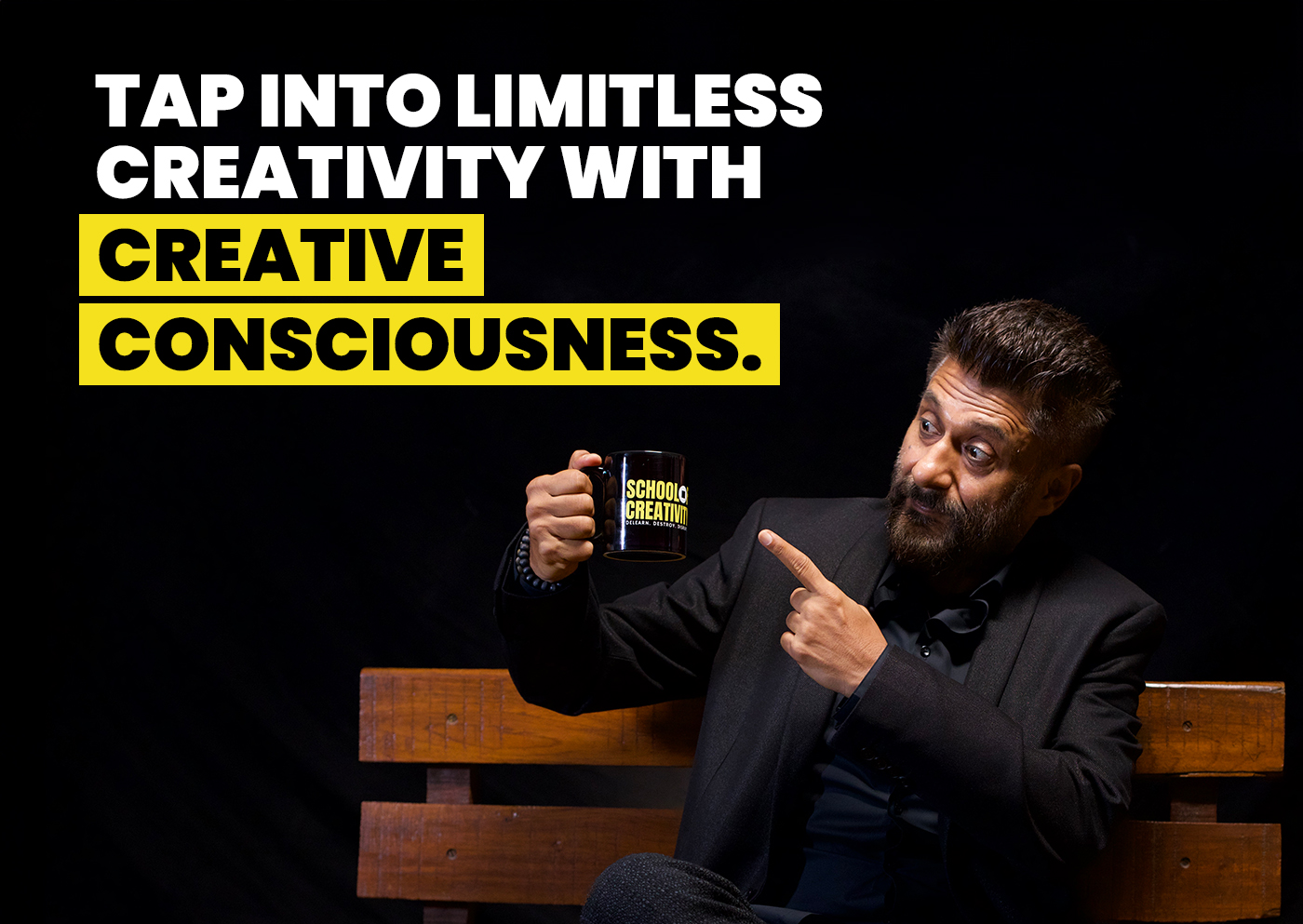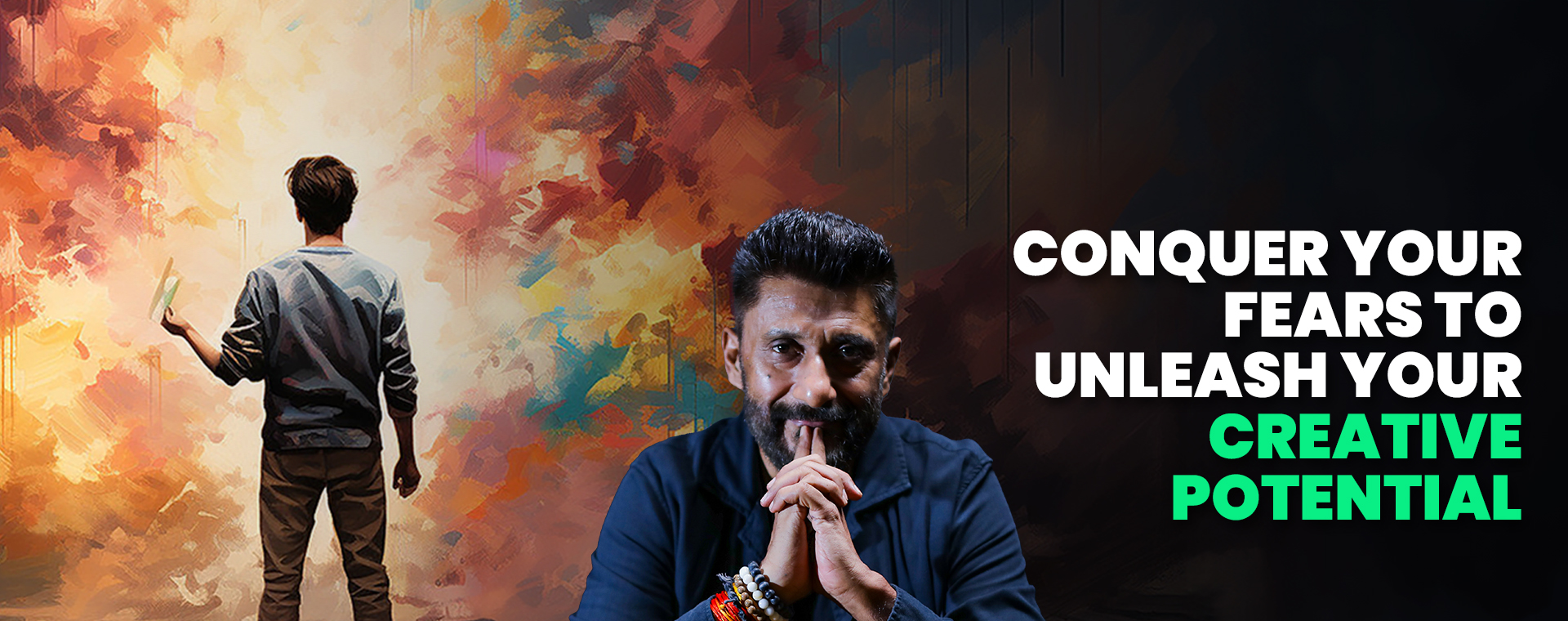
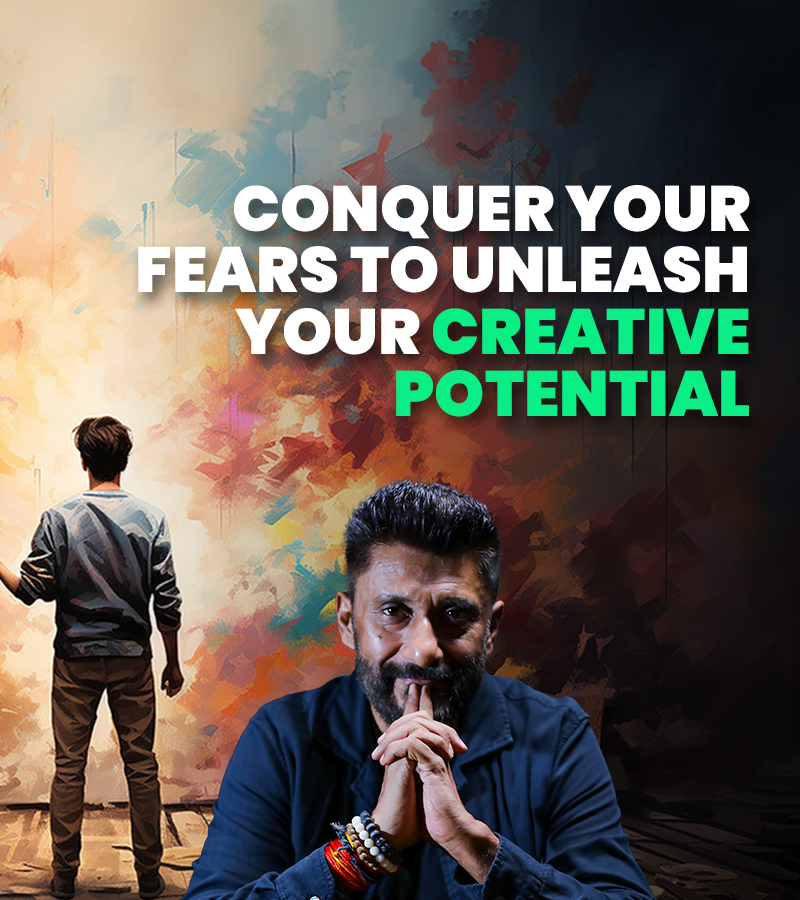
Taming the Fear Monster: How to Unleash Your Creativity
Feeling stuck creatively? Fear is probably the culprit. Learn how to transform fear into a friend to unleash your creative potential.
We’ve all been there. Staring at a blank document, the cursor blinking like a mocking eye. Ideas swirl like dust motes in a sunbeam, refusing to collate into something tangible. This creative paralysis often has a familiar culprit: FEAR.
Fear, that primal emotion, can be a double-edged sword for the creative mind. It can be the screeching brakes that halt your momentum, the voice whispering doubts in your ear. But fear can also be the spark that ignites your imagination, the pressure that propels you to new heights.
The Chilling Grip of Fear
Let’s face it, creating something new is inherently vulnerable. You’re putting a piece of yourself out there, baring your soul for the world to see. Fear of failure can be a suffocating force. What if it’s terrible? What if everyone hates it? These anxieties can make taking that first step like jumping off a cliff blindfolded.
Fear can also manifest as a fear of judgment. The image of ruthless critics tearing your work apart can be enough to send even the bravest artists scurrying back into their shells. With its constant barrage of opinions, social media can exacerbate this fear. The echo chamber of negativity drowns out the potential for constructive criticism.
Fear’s Disguises: Procrastination and Perfectionism
Fear is a cunning creature. It doesn’t always announce its presence with a bang. Sometimes, it disguises itself as procrastination, the seemingly harmless act of putting things off. We get busy with “important” tasks, anything to avoid confronting the blank page or the looming deadline. Procrastination, however, is just a stalling tactic to prevent the potential sting of failure.
Another mask fear wears is that of perfectionism. We become obsessed with creating something flawless, paralyzed by the fear of anything less. Every imperfection becomes a glaring flaw, every misstep a reason to abandon the project altogether. But as the saying goes, “Done is better than perfect.” Pursuing perfection often leads to a graveyard of unfinished projects, a monument to fear’s insidious power.
The Unexpected Ally: Fear as a Catalyst
However, fear doesn’t always have to be the enemy. It can be a powerful motivator. Fear of stagnation, of not reaching your full potential, can push you outside your comfort zone. It can force you to experiment, to break free from the shackles of convention.
Think of some of the most groundbreaking art, literature, and music works. Were they not born from unease, a desire to challenge the status quo? Dystopian novels like “1984” emerged from Orwell’s fear of totalitarianism. Picasso’s Cubist paintings were a rebellion against traditional forms. With its raw energy and anti-establishment attitude, Punk Rock was fueled by a generation’s frustration and fear for the future.
Fear can also sharpen your focus. The looming deadline and the fear of missing your one shot can act like a mental laser, directing your energy towards a singular goal. Imagine a filmmaker scrambling to finish their movie before the funding runs out. The pressure can be immense, but it can also lead to bursts of creativity and a relentless drive to succeed.
Befriending Your Fear: Strategies for the Creative Warrior
So, the question arises: how do we harness the positive aspects of fear while minimizing the crippling ones? Here are a few tips to add to your creative arsenal:
1. Acknowledge Your Fear: The first step is to recognize your fear. Don’t try to bury it or pretend it doesn’t exist. Instead, acknowledge it, understand its source, and see it for what it is: a natural human reaction. Just like a wave in the ocean, fear will eventually recede.
2. Shift Your Perspective: Reframe fear as excitement. Think of it as the butterflies in your stomach before a big performance – a sign that you care deeply about your actions. Channel that nervous energy into your work, and let it fuel your passion.
3. Embrace Imperfection: Let go of the need for perfection. Fear often stems from the desire to create something flawless. But as the saying goes, “Done is better than perfect.” Get your ideas out there, unpolished and raw. You can continually refine them later. Perfectionism is a thief that steals time and creative momentum.
4. Focus on the Process: Don’t obsess over the end result. Instead, focus on the joy of creation itself. Immerse yourself in the process, experiment, and have fun. Think of a sculptor chipping away at a block of stone. They’re not consumed by the final statue but by the act of creation, the satisfaction of revealing the form hidden within.
5. Build a Support System: Surround yourself with people who believe in you and your work. A community of positive, like-minded individuals can be a bulwark against fear and self-doubt. It can be a writer’s group offering constructive criticism, a band jamming ideas together, or simply a friend reminding you of your talent when self-doubt creeps in.
6. Conquer Your Inner Critic: That voice in your head whispering negativity? It’s time to silence it. Challenge those self-deprecating thoughts. Ask yourself, “Would I talk to a friend this way?” Develop a positive inner dialogue that encourages exploration and celebrates your unique voice.
7. Practice Self-Care: Fear can be draining. Taking care of yourself – physically, mentally, and emotionally – is essential for maintaining your creative spark. Get enough sleep, eat healthy foods, and make time for activities that bring you joy. A healthy body and mind are better equipped to handle fear and unleash your creativity.
8. Embrace the Power of “What If?” Fear often thrives on the unknown. Instead of letting it paralyze you, use it as a springboard for exploration. Ask yourself, “What if?” What if this idea fails? What can I learn from it? What if it succeeds beyond my wildest dreams? Embrace the possibilities, both positive and negative, and use them to fuel your creative journey.
Beyond the Battlefield: Fear and the Creative Legacy
The battle with fear is a constant one for the creative soul. But by understanding its power and employing the right strategies, we can transform it from a crippling force into a powerful muse. Fear can be the wind that fills the sails of our creativity, propelling us towards new and uncharted territories.
Think of some of the most iconic artists throughout history. Vincent van Gogh, who was ostracized and misunderstood in his lifetime, continued to paint with ferocious intensity. His fear of obscurity perhaps fueled his relentless pursuit of artistic expression. Emily Dickinson, a recluse who published only a handful of poems during her lifetime, poured her anxieties and observations into her work, leaving behind a legacy of raw and captivating verse.
Uncaging the Muse: A Call to Action
Fear is an inevitable part of the creative process. But it doesn’t have to be the final word. By acknowledging it, challenging it, and using it as a catalyst, we can unlock the full potential of our creativity. So, the next time fear rears its unwelcome head, don’t let it intimidate you. Embrace it, use it, and watch as it fuels your journey to artistic expression. Remember, the most beautiful creations often emerge from the crucible of fear. Uncage your muse, unleash your creativity, and let the world experience the unique voice that only you possess.

